September 29, 2025
At Priswing, we believe that pricing and data are more than just tools to bump revenue but can be levers to reshape operations, shape behavior, and build more resilient golf businesses. That’s why the NGCOA Tee Time Summit is such a perfect fit for us: the Summit’s agenda targets the very challenges and opportunities where Priswing offers differentiated value. Here’s a look under the hood: what the Summit is tackling, where Priswing fits in, and how we hope to contribute and learn at the event. What the Tee Time Summit Aims to Solve The Tee Time Summit is a one-day, invitation-only, workshop-style meeting just before the Golf Business TechCon. The goal: bring together course operators, GMS/tee sheet vendors, resellers, analytics providers, and other stakeholders in the tee-time ecosystem to wrestle with the most pressing structural issues around tee time distribution, pricing, and data. NGCOA Key agenda topics include: Dynamic pricing and revenue strategies — how courses can adopt yield management behaviors (varying price by time, day, weather, demand) in a fair and transparent way. Tee time waitlists / yield management — how to better fill unused inventory, reduce no-shows, and adapt to cancellations. Data practices, unauthorized scraping, and third-party interoperability — rules and ethics around how data is shared, used, and protected across systems and marketplaces. Marketplace dynamics and rules of engagement — how the course, the vendors, and resellers should relate, set boundaries, and cooperate (or compete) without undercutting value. Modern booking/payment systems, guarantees, chargebacks, surcharges — evolving processes to reduce risk and friction, and align incentives. Importantly, the Summit is not a demo hall or sales pitch forum. It’s a facilitated workshop where participants are expected to roll up their sleeves, debate, co-create guidelines, and address “thorny” problems head on. The aim is actionable principles and consensus on standards of practice in tee time commerce. Where Priswing Fills a Critical Gap We often say that dynamic pricing is only the starting point. In practice, many operators still think of “price” as a blunt lever. The truth is that pricing, when used intelligently with the right data and systems, becomes a central control knob for shaping golfer behavior, smoothing peaks, reducing waste, and enabling more efficient operations. From our blog post “ Beyond Golf Course Revenue: Using Dynamic Pricing to Improve Operations ”, we’ve laid out key use cases that go beyond just maximizing top-line: Shifting demand — Use price to encourage play in less-used time slots (e.g., early mornings, twilight) so volume is more evenly distributed and resources (staff, course maintenance) are used more steadily. Controlling congestion & pace — With smart pricing, you can moderate player flow so the course doesn’t get overcrowded (and slow) in peak periods. Reducing workload for staff — If you can nudge tee times to align better with when and where you have capacity (online booking, Pro Shop staff, food & beverage, cart fleet) you reduce strain and cost. Reducing no-shows / cancellations — By designing pricing strategies and guarantee policies properly, you can shift risk and influence behavior (e.g. through refundable deposits, late fees, or dynamic “release” windows). Aligning economic incentives with customer experience — Dynamic pricing need not feel exploitative. Transparently tiered prices, well-communicated value, and fairness can make golfers feel like they’re participating in a smarter marketplace rather than being “surged.” What that means in practice is that Priswing doesn’t just tell a course what price to charge. We also help them think through what to do with price signals. For example: If available tee times are consistently booked, this is a strong indicator of undervaluing tee sheet inventory. If cancellation risk grows, you can encourage pre-payment with customized rates or adjust guarantee rules. Use data on booking patterns, weather forecasts, historical trends, and competitive context to simulate “if I price this slot one dollar lower, how many more rounds might I attract, and at what marginal cost?” By combining optimization (algorithms) with human judgment and transparency, we help operators use price and data as a dynamic control system, not just a revenue hack. Why We’re Eager to Be in the Room Given the Summit’s focus and format, there are several reasons why this event is particularly meaningful for Priswing and for the broader industry. 1. Influence and bridge-building across the tee time ecosystem Priswing sits between the operator side and the tech/data side. We see both the constraints courses face and the levers analytics and pricing tools can bring. In a forum that brings together operators, GMS vendors, resellers, and data aggregators, we can help translate between perspectives, expose real-world constraints, and propose solutions that are ambitious yet implementable. 2. Help define fair rules of engagement and standards One major challenge in tee time commerce is a lack of shared norms or guardrails around data usage, pricing transparency, reseller practices , and how revenue share or commissions should work. The Summit intends to produce guidelines or standards. Priswing wants to contribute to those standards in ways that protect operators, reward innovation, and reduce adversarial behavior. 3. Getting better inputs, refining models, and testing edge cases No pricing algorithm lives in a vacuum. The debates at the Summit (e.g. “how do we balance rate parity vs differentiation?”, “how do we discourage scraping?”, “how far can you push surcharges without customer backlash?”) will surface real-world tradeoffs. We look forward to hearing the lived experiences of operators and vendors, understanding their binding constraints, and calibrating our roadmap accordingly. 4. Showcasing use cases beyond revenue Often the lens around dynamic pricing is “make more money.” But Priswing’s value is deeper. The Summit’s deep dive into yield management, waitlists, no-shows, and distribution dynamics offers a platform to share and learn about how price and data can reduce operational stress, flatten peaks, and improve course efficiency . 5. Co-create long-term path forward Technology evolves fast, but standards and trust evolve slowly. The Summit is explicitly intended to lead to collaborative outcomes, rules of engagement, consensus principles, data sharing protocols, and possibly industry working groups. Priswing wants to be a constructive leader in that movement. Some Conversation Threads We’re Excited to Engage Here’s a shortlist of the Summit discussion threads where we anticipate being particularly active, and where we think we can bring fresh, data-driven perspectives: Dynamic pricing thresholds & fairness guardrails — What’s the “minimum anchor” or guaranteed floor for walk-ups vs advanced bookings? How do you prevent “price shock” or customer resentment? Rate parity vs flexible segmentation — How many differentiated price classes (early/late, bookers vs walk-ins, weather-based discounts) are optimal before complexity outweighs benefit? Waitlist + cancellation blending — How should cancellations feed into dynamic pricing? Should you open waitlist slots at a discounted price or hold them as premium “late-release” inventory? No-show mitigation via incentives — What kinds of guarantee frameworks (prepaid vs deposit vs credit card hold) behave best? How should you “charge back” or penalize no-shows in a way that’s fair and predictable? Data sharing, API standards, and anti-scraping strategies — How do we create protocols so pricing engines, resellers, and courses talk cleanly and with guardrails? How do we detect and throttle malicious scraping bots? Reseller compensation models & margin transparency — Should resellers earn by a fixed commission, a margin share, or dynamic revenue participation? How should split pricing (reseller vs direct) be managed to avoid cannibalization? Integrations & orchestration among platforms — There are many modules (tee sheet, POS, payment, analytics). How do you ensure pricing decisions plus operational constraints (carts, staffing, food & beverage) are aware of each other in real time? Behavioral nudges and marketing levers tied to price — For example, push offers, last-minute deals, bundled services (cart + food), multi-round packages, etc. How can pricing be the glue that holds these together? In Closing: Why This Matters For years, many golf courses have treated pricing as static, or only subject to ad hoc discounts or promos. That approach leaves money on the table and creates inefficiencies in operations, staffing, pace, and resource utilization. The Tee Time Summit is important precisely because the industry is at a crossroads: new competitors, platforms, automation, and data tools are rewriting what “good” looks like in tee time commerce. If course operators, tech vendors, and resellers don’t align around principles and smart practices, the industry could fragment or drift toward destructive behavior (e.g. undercutting, excessive scraping, poor customer experiences). Priswing views this as more than a revenue game. It’s about designing a smarter, fairer, and more efficient ecosystem where courses run better, golfers are happier, and technology innovation is rewarded, not penalized. We are honored to be among the invited participants. We’re ready to contribute our data-driven perspective, listen to real-world needs, test assumptions, and help architect guidelines that can move the needle. We believe this Summit could mark a turning point in how the golf industry thinks about tee times, from a fixed commodity to a dynamic, behavior-shaping system. If you’re attending or following along, let’s connect. We’d love to hear your challenges, your hopes, and how we might help bring them to life (or push on them) in the room and beyond.






